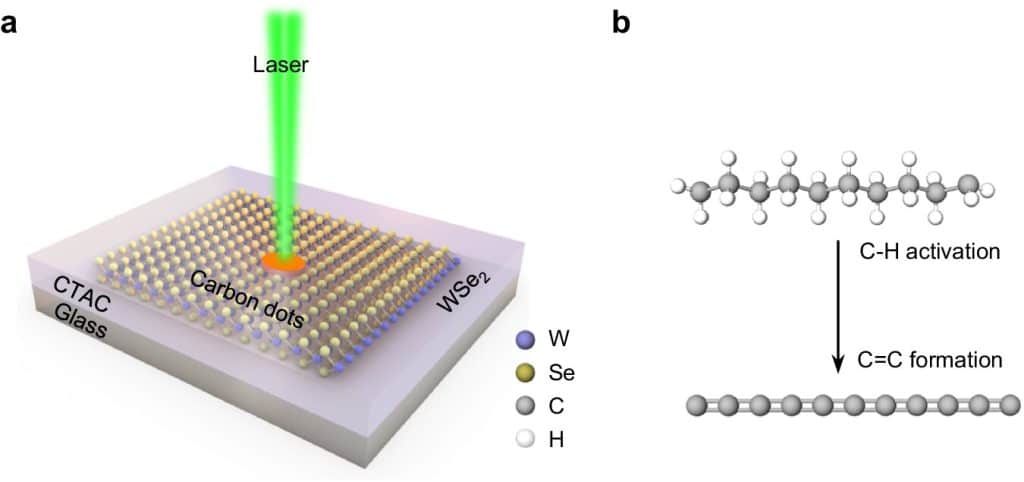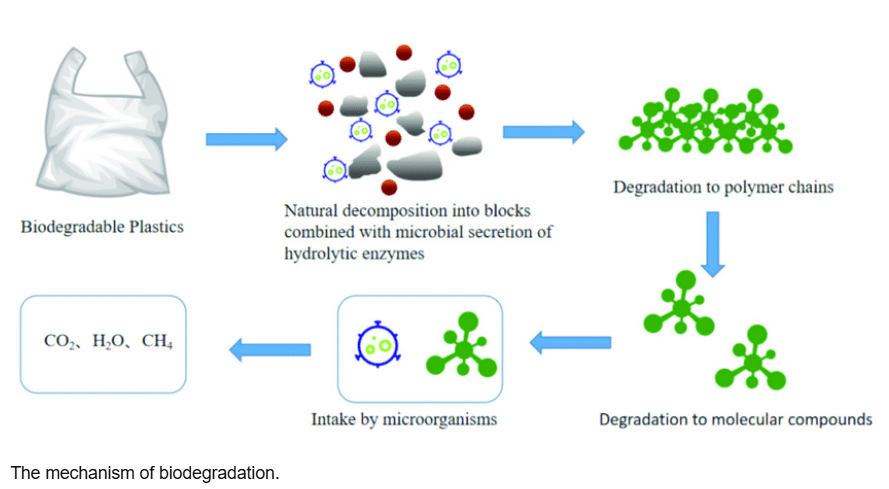How does laser tech decompose plastic molecules?
Recent advances in laser technology have opened new avenues to tackling the global plastic waste crisis. Researchers have devised a method that uses lasers in conjunction with two-dimensional materials to break apart plastic molecules into their component pieces, potentially revolutionizing recycling processes. In this article, we examine this innovative approach and its ramifications for sustainable waste management.

Breakdown Mechanism – Mechanism for Laser Breakdown
At the core of this technology lies an organic reaction known as C-H activation, which breaks carbon-hydrogen bonds within organic molecules such as plastics. Traditional plastics consist of long chains of polymers that are chemically stable and resistant to degradation; this new laser-based method involves layering the plastic on two-dimensional materials known as transition metal dichalcogenides which enhances laser treatments’ effectiveness.
These materials when exposed to low-power laser light catalyze the C-H activation reaction. This process breaks apart polymer chains by breaking chemical bonds between carbon and hydrogen atoms. As a result, plastics decompose into smaller molecules which can later be reconverted back into useful materials, such as luminescent carbon dots.
Convert Waste into Valuable Materials
The breakdown of plastic molecules not only reduces them to their elements but also allows for the development of novel chemical structures. One such reaction produces luminescent carbon dots – nanoparticles with unique optical and electronic properties that have applications across various fields such as electronics and photonics, particularly as memory storage devices in next-generation computing technologies.
This transformation is especially noteworthy since it transforms materials that were once considered waste into valuable resources, leading to a more circular economy where materials are reused rather than thrown away.

Advantages Of Conventional Recycling Methods
Traditional recycling techniques entail mechanical processes that degrade the plastic over time and make certain types of plastic difficult to recycle using conventional techniques. Conversely, laser recycling offers several advantages.
- Laser technology enables pinpoint targeting of specific plastic types for improved breakdown. Plus, this process consumes far less energy compared to traditional recycling processes – making it more environmentally friendly!
- The C-H activation process can be applied to a wide variety of long-chain organic compounds beyond plastics, increasing its range of applications in waste management.

Future Implications
Although still under development, this technology could have far-reaching ramifications for reducing plastic pollution. With millions of tons of plastic waste amassing globally each year, efficient recycling technologies like this one could drastically lower environmental impacts. Researchers note that further optimization and scaling up are required before commercial applications of this process may take place.
Furthermore, this discovery could provide solutions for regions lacking proper plastic waste management infrastructure by offering a scalable method to convert plastics to useful chemicals and materials that could then be recycled back into society. Through harnessing unique reactions like this one, scientists aim to discover new pathways for turning environmental pollution into valuable resources.
Ultimately, laser technology combined with advanced materials represents an exciting frontier in plastic recycling. As research progresses, this could potentially mitigate plastic waste while simultaneously contributing to sustainable industrial practices and environmental conservation initiatives globally.
Recent advancements in plastic surgery highlight a shift towards innovative, minimally invasive techniques. With breakthroughs in laser technology and regenerative medicine, the future promises enhanced patient outcomes and quicker recovery times. For more insights on these exciting developments, explore the latest trends in plastic surgery

